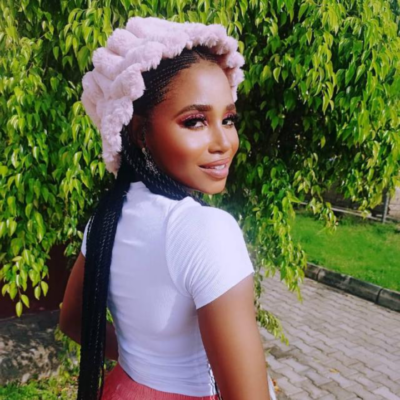Activity
-
Bright posted an update 1 year, 6 months ago
HOW TO CREATE AND MAINTAIN HEAlLHY RELATIONSHIPS.How to Create and Maintain Healthy Relationships,
Relationships come in all shapes and sizes. But regardless of whether the relationship is platonic, romantic, or familial, it should nourish and support us. Having healthy relationships can make a huge difference in our mental health and well-being. But, creating healthy relationships takes time and effort. Let’s take a look at what you can do to create and maintain healthy relationships in your life.What does a healthy relationship look like?
Some healthy relationships come easily and some need a little more work. Creating and maintaining healthy romantic relationships typically takes more of an effort because the expectations we have of each other are often higher than in other relationships. Features of a healthy relationship include:PACE
Starting and progressing at a pace that feels healthy and stressless. There should be no pressure to move faster or be “closer” than you currently are and both parties should be on the same page.
TRUST
A solid amount of trust. Your partner, friend, colleague or family member should respect your privacy, your boundaries, and in return you should respect theirs.
HONESTY & RESPECT
No one uses lies or omissions to control knowledge and disagreements are handled maturely vs. being bottled up in order “to keep the peace.” You respect each other’s needs, family and friends, and alone time.
KINDNESS
You and the other person treat each other with kindness, want what’s best for each other, care about each other’s safety, and genuinely enjoy sharing time together.
EQUITY vs. EQUALITY
Equality is the expectation that a relationship is always 50-50 when it comes to effort and responsibility. While this ideal is important, it’s not always considerate of the real life struggles that can impact someone inside and outside of a relationship. Equality expects the exact same effort out of every person, without concern for the different resources and abilities others may have. Equity, on the other hand, acknowledges that everyone doesn’t have the same level of ability and resources, and therefore allows realistic expectations for their contributions. This is important for relationships where one or more partners has a disability, is neurodivergent, or is in a circumstance that otherwise may affect how they manage responsibility in the relationship. This is also an important concept for long-term relationships.
HOW CAN YOU START BUILDING HEALTHY RELATIONSHIPS
It would be great if we just woke up and knew exactly what to do, but building healthy relationships takes time and understanding. It’s especially important to identify your own needs before you enter into any relationship. This includes knowing what you want and need from a relationship (friendship, romantic, intimate, etc.), embodying what you want (it’s not just about finding a good partner, but focusing on being a good partner and friend to those around you — relationships are reciprocal) and knowing what you don’t want or need (such as dealbreaker values or traits).
HERE ARE A FEW QUESTIONS TO CONSIDER:
What are your shared interests and values? What attracts you to them? Do you give the same care to your friendships as you do your romantic relationships?Building friendships with the same expectations of trust, respect, honesty, and equitable responsibility helps you keep a healthy and happy space for yourself.
And while knowing what you DO want in a partner might sometimes seem obvious, there are signs to watch for in regards to an unhealthy relationship and what you DON’T want. These can include pushing boundaries or violating consent, having unrealistic expectations, demanding a lot of attention or time, and love bombing.
HOW TO COMMUNICATE FOR BETTER AND HEALTHIER RELATIONSHIPS
Some people like to communicate more than others, and couples with different communication needs and styles can sometimes have a hard time finding a compromise for communication in the relationship.
DEFINE WHAT “HEALTHY COMMUNICATION” MEANS TO BOTH OF YOU
If you and your partner are struggling to define your communication preferences, here are some suggestions:
Set aside time to speak with each other about your preferred process for communication.
Make a list of what communication in a relationship looks like for you. Is it texting every day? Regular phone calls? Spending physical alone time together at least once or twice a week?
Compare your communication needs to that of your partner.
Figure out what changes you have to make to find a happy medium between your communication needs/style and your partner’s.BE OPEN
Being open to new people and experiences is a key trait in building fulfilling relationships with other people. Sharing parts of yourself and being excited about what others can share with you will create new doors and paths for your friendships and other connections.
BE HONEST ABOUT YOUR SELF-CARE NEEDS
Being in a relationship can feel wonderful and has important health benefits. But, everyone also needs time to be with and take care of themselves in other ways. Spending time with friends, taking time to enjoy your own company, getting things that need to be attended to done, or engaging in self care practices are important.
At the end of the day, any relationship is about developing trust and enjoying the other person’s company. What that looks like is different for everyone. But creating and maintaining healthy relationships is vital to our overall health and well-being. Healthy relationships add to our mental and physical health in many measurable ways, so it’s worth the time and effort it takes to keep them balanced and strong.


